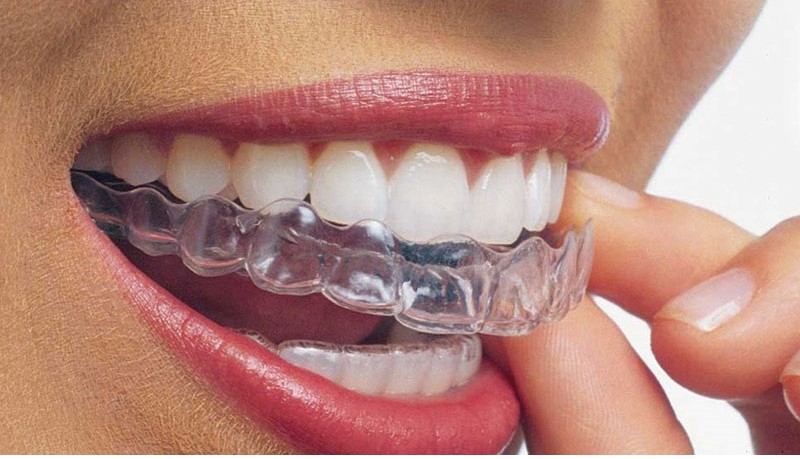Early Orthodontic Intervention
August 31st, 2023

Picture someone with braces. Did you imagine a teenager with rows of colorful brackets? While it’s true that most orthodontic patients are teenagers, orthodontists also work with adults, as well as providing interceptive orthodontic treatment for younger children.
Interceptive orthodontics can reduce the need for jaw surgery or tooth extraction, it can correct certain problems as they appear (before they can get worse), shorten the length of later orthodontic treatment, encourage better facial development, and pave the way for a better final result.
We Head Off Problems Early With Interceptive Orthodontics
The conventional wisdom is that orthodontic treatment can’t start until all the adult teeth have emerged, but certain problems with alignment, bite, and facial development can appear long before the full set of adult teeth. An orthodontist can help a child’s jawbones grow properly so that there will be enough room for all the adult teeth and a better structure for a healthy bite. When we correct malocclusions (bad bites) as they appear, it makes future treatment faster, easier, and sometimes unnecessary!
What Causes a Malocclusion?
Harmful habits like thumb sucking, nail-biting, tongue thrusting, and mouth breathing can all contribute to a bad bite by leading to a narrow upper arch, an underdeveloped lower jaw, an open bite, a deep bite, or dental crowding. These can all make it more difficult to speak clearly or chew and swallow effectively. Genetics is also a factor in certain cases. The main goal of early orthodontic intervention is to repair the damage caused by these habits and stop the habits themselves so the adult teeth can grow in how they should.
How can bad habits affect oral health? Lots of ways:
Click Here to Watch on YouTube
What Are Typical Interceptive Orthodontic Treatments?
The biggest difference between phase 1 and phase 2 orthodontics is that phase 1 treatments don’t involve a full set of braces. That can wait until later — if they’re still needed by then. Common treatments in interceptive orthodontics (phase 1):
Eliminating a crossbite with upper jaw expansion
Expansion to make more room for adult teeth
Early extraction of specific baby teeth to help the adult teeth come in
Holding space open for permanent teeth after the early loss of a baby tooth
Reducing the protrusion of upper teeth to protect them from trauma
What Makes a Child a Good Candidate for Interceptive Orthodontics?
Early orthodontic intervention won’t correct every type of orthodontic issue, so the best way to find out if it would benefit your child is to bring them in for a consultation around age 7, particularly if you’ve noticed any obvious problems with their bite or if they have one of the harmful oral health habits we mentioned. Until then (and always), look out for their oral health by encouraging good brushing and flossing!
Helping our patients achieve healthy smiles for life is always our top priority!
For more information about orthodontic services, or to speak with one of our board-certified specialists contact us online or call 302-678-3000.




 Website Powered by Sesame 24-7™
Website Powered by Sesame 24-7™